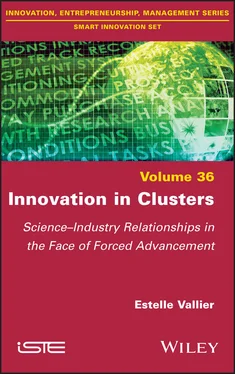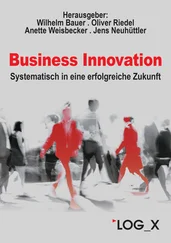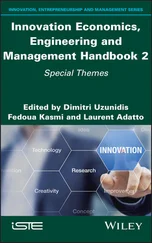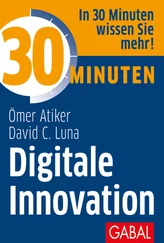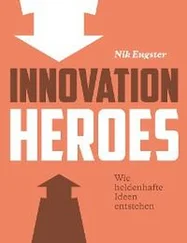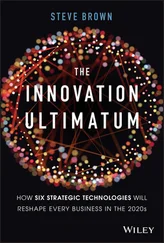90 70
91 71
92 72
93 73
94 75
95 77
96 78
97 79
98 80
99 81
100 82
101 83
102 84
103 85
104 86
105 87
106 88
107 89
108 90
109 91
110 92
111 93
112 94
113 95
114 96
115 97
116 98
117 99
118 100
119 101
120 102
121 103
122 104
123 105
124 107
125 108
126 109
127 110
128 111
129 112
130 113
131 114
132 115
133 116
134 117
135 118
136 119
137 120
138 121
139 122
140 123
141 124
142 125
143 126
144 127
145 128
146 129
147 130
148 131
149 132
150 133
151 134
152 135
153 137
154 138
155 139
156 140
157 141
158 142
159 143
160 144
161 145
162 146
163 147
164 148
165 149
166 150
167 151
168 152
169 153
170 154
171 155
172 156
173 157
174 158
175 159
176 160
177 161
178 162
179 163
180 164
181 165
182 166
183 167
184 168
185 169
186 170
187 171
188 172
189 173
190 174
191 175
192 176
193 177
194 178
195 179
196 180
197 181
198 182
199 183
200 184
201 185
202 186
203 187
204 188
205 189
206 190
207 191
208 192
209 193
210 194
211 195
212 197
213 198
214 199
215 200
216 201
217 202
218 203
219 204
220 205
221 206
222 207
223 208
224 209
225 210
226 211
227 212
228 213
229 214
230 215
Smart Innovation Set
coordinated by
Dimitri Uzunidis
Volume 36
Innovation in Clusters
Science–Industry Relationships in the Face of Forced Advancement
Estelle Vallier

First published 2021 in Great Britain and the United States by ISTE Ltd and John Wiley & Sons, Inc.
Apart from any fair dealing for the purposes of research or private study, or criticism or review, as permitted under the Copyright, Designs and Patents Act 1988, this publication may only be reproduced, stored or transmitted, in any form or by any means, with the prior permission in writing of the publishers, or in the case of reprographic reproduction in accordance with the terms and licenses issued by the CLA. Enquiries concerning reproduction outside these terms should be sent to the publishers at the undermentioned address:
ISTE Ltd
27-37 St George’s Road
London SW19 4EU
UK
www.iste.co.uk
John Wiley & Sons, Inc.
111 River Street
Hoboken, NJ 07030
USA
www.wiley.com
© ISTE Ltd 2021
The rights of Estelle Vallier to be identified as the author of this work have been asserted by her in accordance with the Copyright, Designs and Patents Act 1988.
Library of Congress Control Number: 2021943916
British Library Cataloguing-in-Publication Data
A CIP record for this book is available from the British Library
ISBN 978-1-78630-625-8
It is a peculiarity of these pandemic times, but the word “cluster” has certainly never been in such widespread use as it is today, from epidemiological science to the most common conversations, describing the development of a virus called Covid-19. However, in other times and places, and with regard to other fields of human activity, this fetish word has been used to saturation point, even if today, in certain situations, it gives way to a more trendy word: ecosystem. We may as well admit that the more than extensive meaning of this term is quite appropriate, given the various projects commissioned by any number of organizations or specific groups. This is particularly the case in those localized instances where science, industry and public authorities are, in certain fields of technosciences, attempting to work together, as much by smart invocation as by physical methods of communication. Their ambition, resolutely symbolized and displayed on their letterheads or websites, is to attract, fertilize and develop innovation aimed at certain fields of science, which, ultimately in the form of goods, will be commercialized with the help of devices, procedures, advice and financial resources.
This is indeed the purpose of this rich and fascinating book by Estelle Vallier, structured in two parts and six chapters. Its title clearly invites us to explore the lineaments of this type of three-way collaboration dedicated to the production of innovations, to study its various mechanisms and movements, to understand its concrete pathways, to consider the institutional and economic goals it demands and, finally, to identify the obstacles that arise in practice for the parties involved in order to better understand them. In short, to shed new light on the processes at work which, to begin with, we would summarize under the title Technoscience Clusterization.
Certainly, some may argue that a vast literature already exists on this subject and that there is no need to attempt to further understand what has already been understood and, to a certain extent, the first two chapters of this book could bear witness to this. However, far from the sometimes condescending repetitions and unstimulating writing conventions, on the contrary, an astute state of the art is presented to the reader. Articulated through both historical and international perspectives, it offers from the outset a point of view and, consequently, an intelligibility so that this global phenomenon of technoscience clusterization can be understood, which, nevertheless, because it cannot be grasped on an international scale, is rooted in national and local institutional and organizational logic. It therefore enables soothing discourse to be avoided and, in contrast, an understanding, on the one hand, of how this accumulated knowledge, particularly in management sciences, has been able to accompany and justify its general design, from which some miracle had been expected, and, on the other hand, its concrete and localized implementation by ad hoc public policies. It is clear that the approach chosen by Estelle Vallier is congruent with the deployment of her research; for, rather than aiming to celebrate once again the success of this three-way marriage, her ambition was to renew questioning by seeking to interpret the difficulties that the actors in this complex relationship face in practice in order to collaborate. This is indeed the central issue that is anticipated from institutionalized science–industry relationships looking to produce any desired innovation.
This was the starting point of this research, described in the Introduction, for it was necessary for a cluster pilot study to question its own role, to succeed by depending somewhat on an ambient imagination (an ideology?), made to measure like any readymade garment, before being able to call upon the critical and interested gaze of social science. This book is specifically the end result of such sociological research, certainly commissioned, as well as negotiated. This research is rooted in France’s best-known biocluster, which possesses the legitimacy that comes from its 20 years of existence: Genopole, based in Evry, in the south of Paris. In practice, the research posture of active participation in cluster coordination, while at the same time succeeding in maintaining a distance from it, could be more than embarrassing, given the risk of not being able to keep the two together over the long-term. Methodologically, this dual position has, in the end, enabled this collective role, the initial aim of which was the steering of the cluster, but entirely diverted towards the success of the relationship between science and industry, to be explored in context.
Читать дальше
